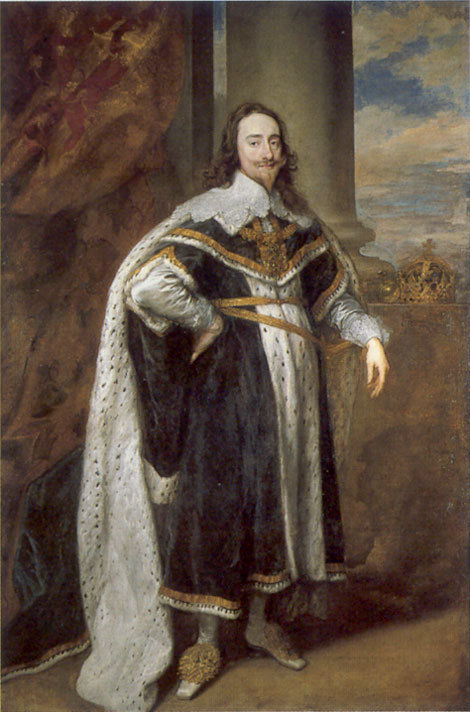

Not only would it alienate most of the English nation, but Charles was King of Scotland and King of Ireland too.
#King charles of england trial#
Entwined with the anger and sense of betrayal that swept through the soldiery, there ran an ever keener sense of divinely appointed mission. Did not the New Model's astonishing series of successes mark it out as the instrument of providence, as the agency chosen by God to confound a king whom the soldiers compared with the tyrants of the Old Testament? In December 1648 the army marched on London, purged the parliament by force and allowed only that minority to remain -the Rump Parliament - who would sanction the trial of the king. Behind the royalist uprisings of the Second Civil War the army saw an alarming national mood which would unite king and parliament against the New Model and oblige it to disband with its goals unfulfilled. MPs were ready to join with the king to crush the religious sectarianism among the troops, which Cromwell, whose guiding principle was liberty of conscience, was determined to protect. They had become no less distrustful of parliament. There could be no lasting peace, they decided, while he remained alive. Now they concluded that Charles’s innate duplicity would wreck any settlement. In 1647 Oliver Cromwell and his ally and son-in-law Henry Ireton had conducted their own negotiations with him. It centred on an invasion by a Scottish army, with whose leaders Charles had been conspiring even as he negotiated, ostensibly in good faith, for his restoration by the English parliament. Only slowly did its generals come to contemplate trying the king. The decisive event was the Second Civil War, fought in 1648. The New Model Army, raised in 1645 to end the carnage, acquired revolutionary goals in both politics and religion. Yet wars, once embarked upon, have to be won. The fighting and winning of them can radically extend their aims. They attributed the attacks on Puritanism, a still more serious matter to many Roundheads, to the bishops, whom they likewise accused of leading their royal master astray. They were careful to blame recent assaults on the subject’s liberty and on the existence and rights of parliament not on the king himself but on evil advisers who, they alleged, had deliberately misinformed him. They contended not against regal majesty but against the perversion of it. How had the regicide come about? The MPs who went to war with Charles in 1642 claimed to be fighting not for parliament against the king but ‘for king and parliament’.

Not even the pen of John Milton, who wrote a reply to it on the new republic’s behalf, could dent the impact of its sympathetic account of Charles’s reign and character. Drawing on private writings of the king, it had huge sales. On the day of Charles’s burial at Windsor, February 9th, a book was published with the subtitle The Portraiture of his Sacred Majesty in his Solitudes and Sufferings. In ‘An Horatian Ode Upon Cromwell’s Return to Ireland’, Marvell contrasted Charles’s manner with what he portrayed as the vindictive humbug of the Puritan soldiers when they ‘did clap their bloody hands’ at the king’s death: The submissive dignity of his bearing on the scaffold was immortalised the following year by the poet Andrew Marvell.

They knew that it would destroy their cause, though they could not have foreseen how lasting the condemnation of the regicide would be.Ĭharles’s death in front of the Banqueting House in Whitehall on a bitterly cold afternoon transformed him from an impossible king into a royal martyr. Most of the people who had taken up arms against Charles I seven years earlier were opposed to his killing, if not outraged by it. It was the climactic moment of the Puritan Revolution and it also changed the whole character of the conflict. The beheading of Charles I on January 30th, 1649, left an indelible mark on the history of England and on the way that the English think about themselves.


 0 kommentar(er)
0 kommentar(er)
